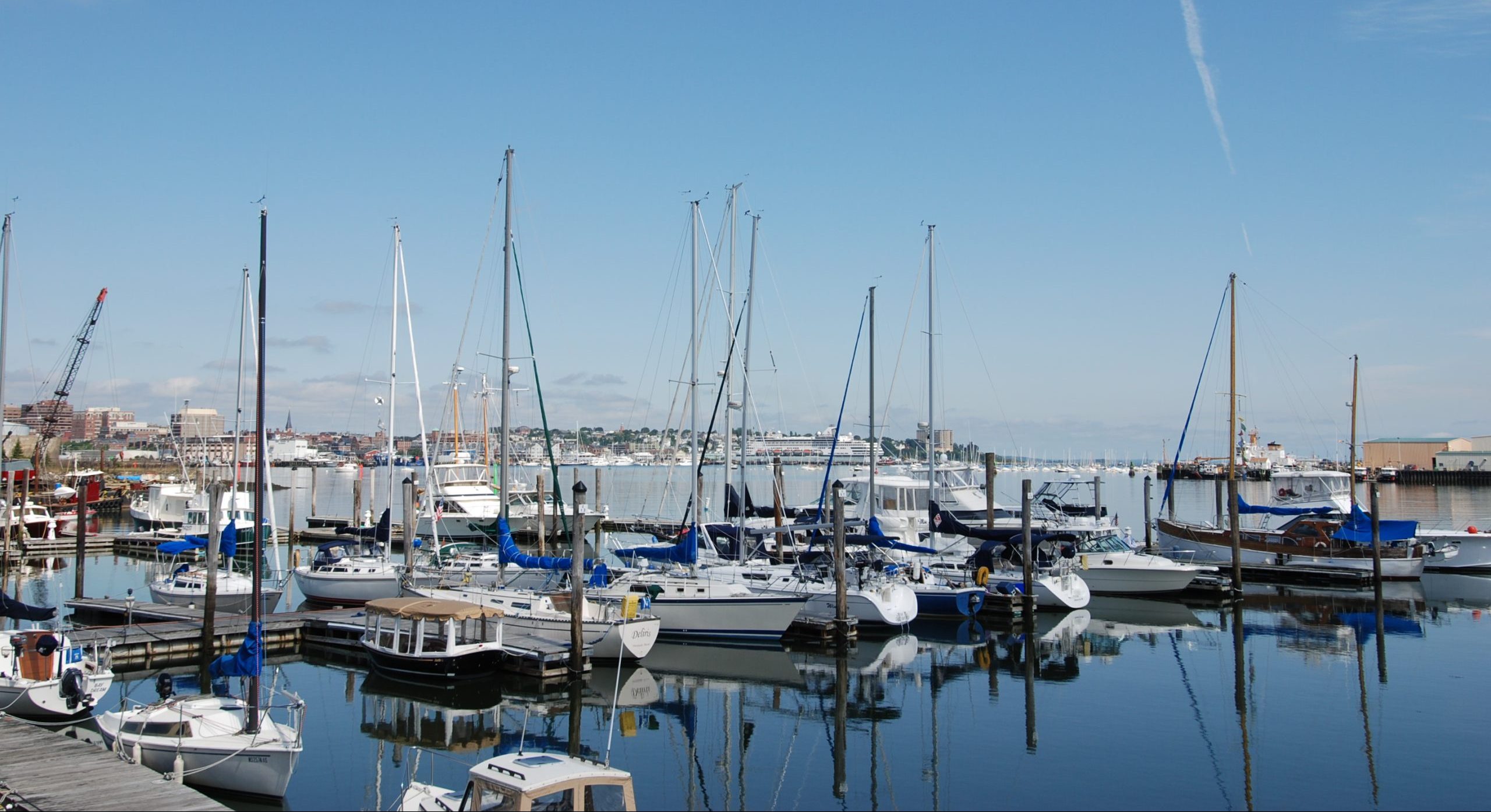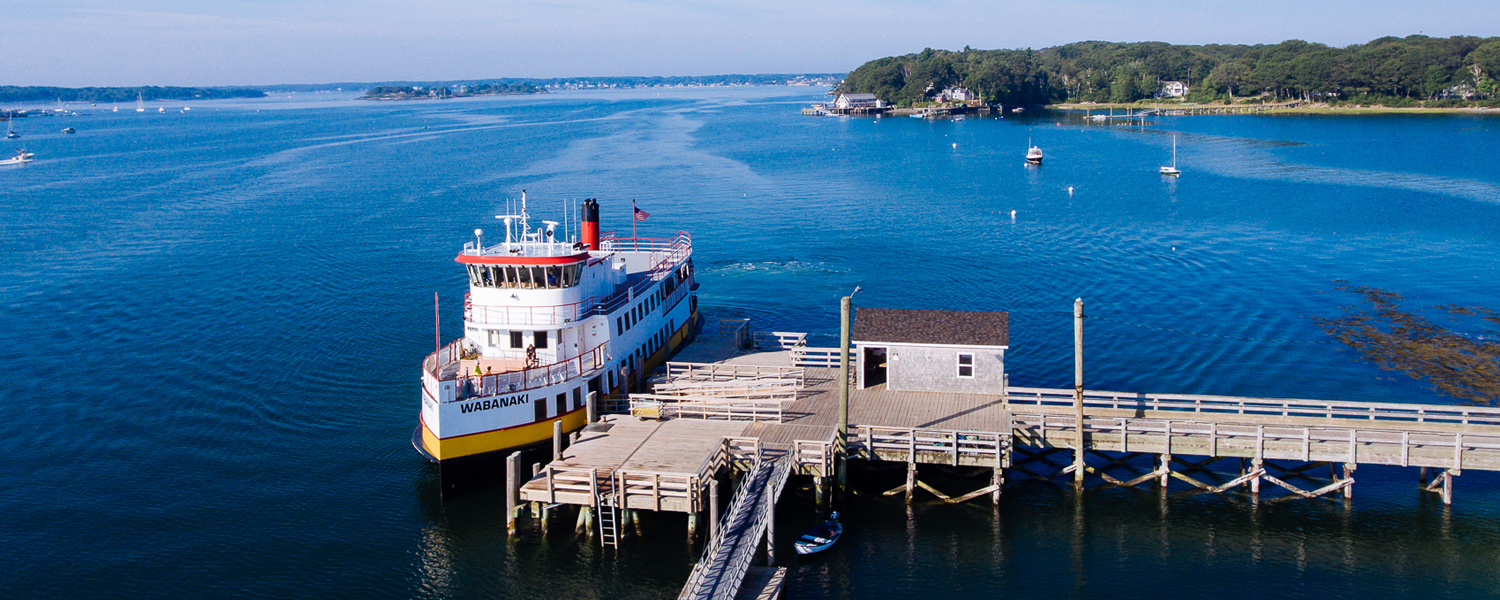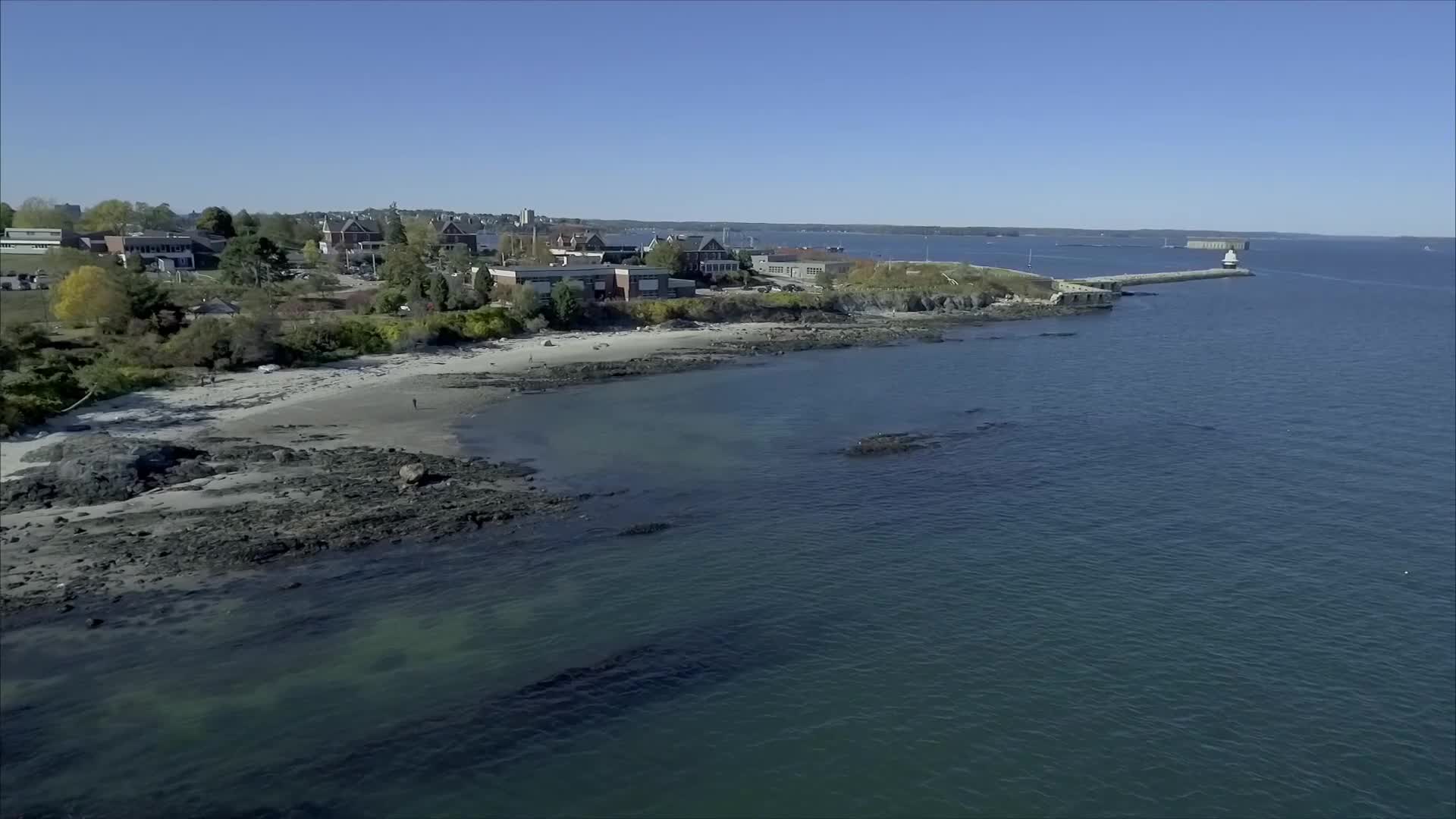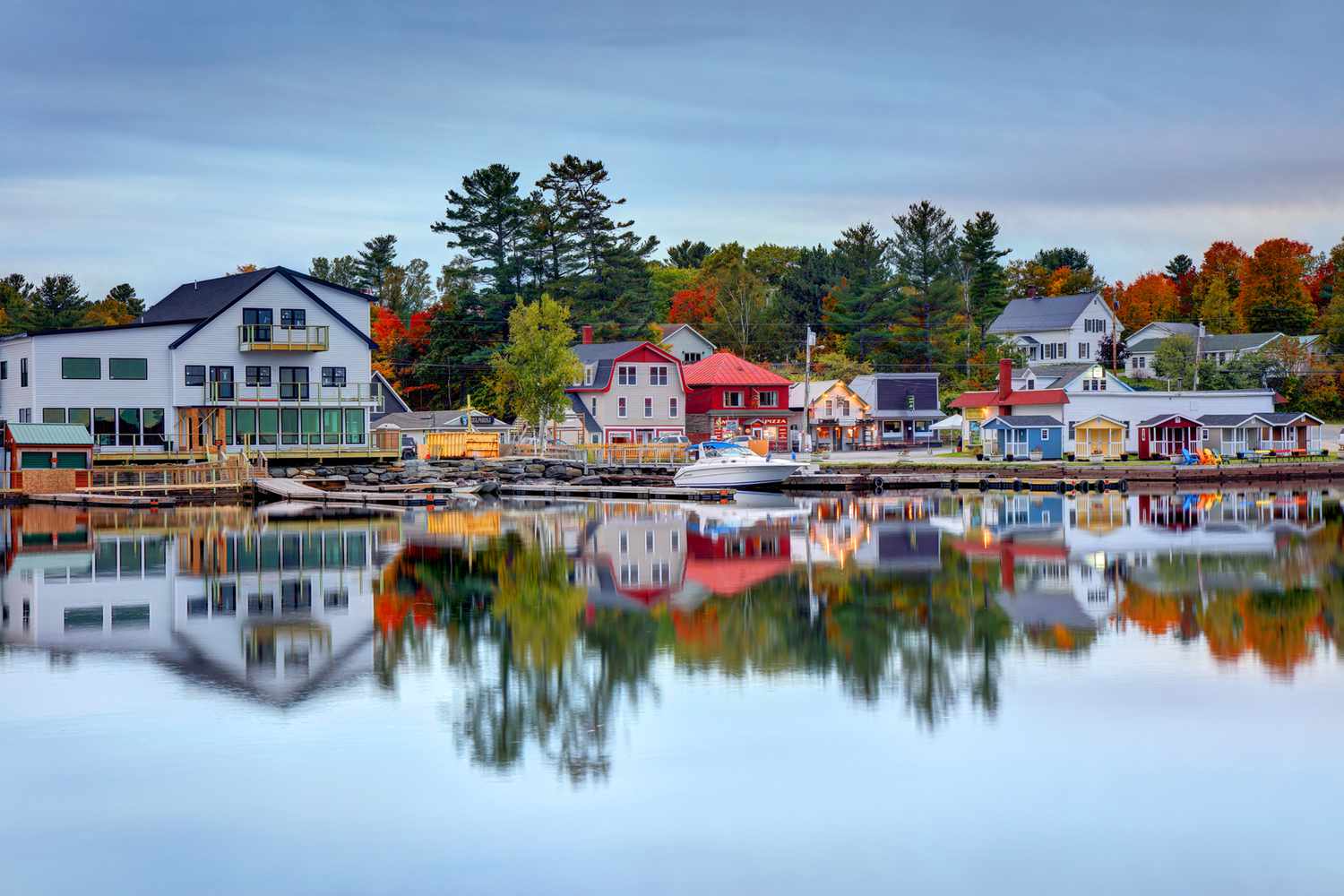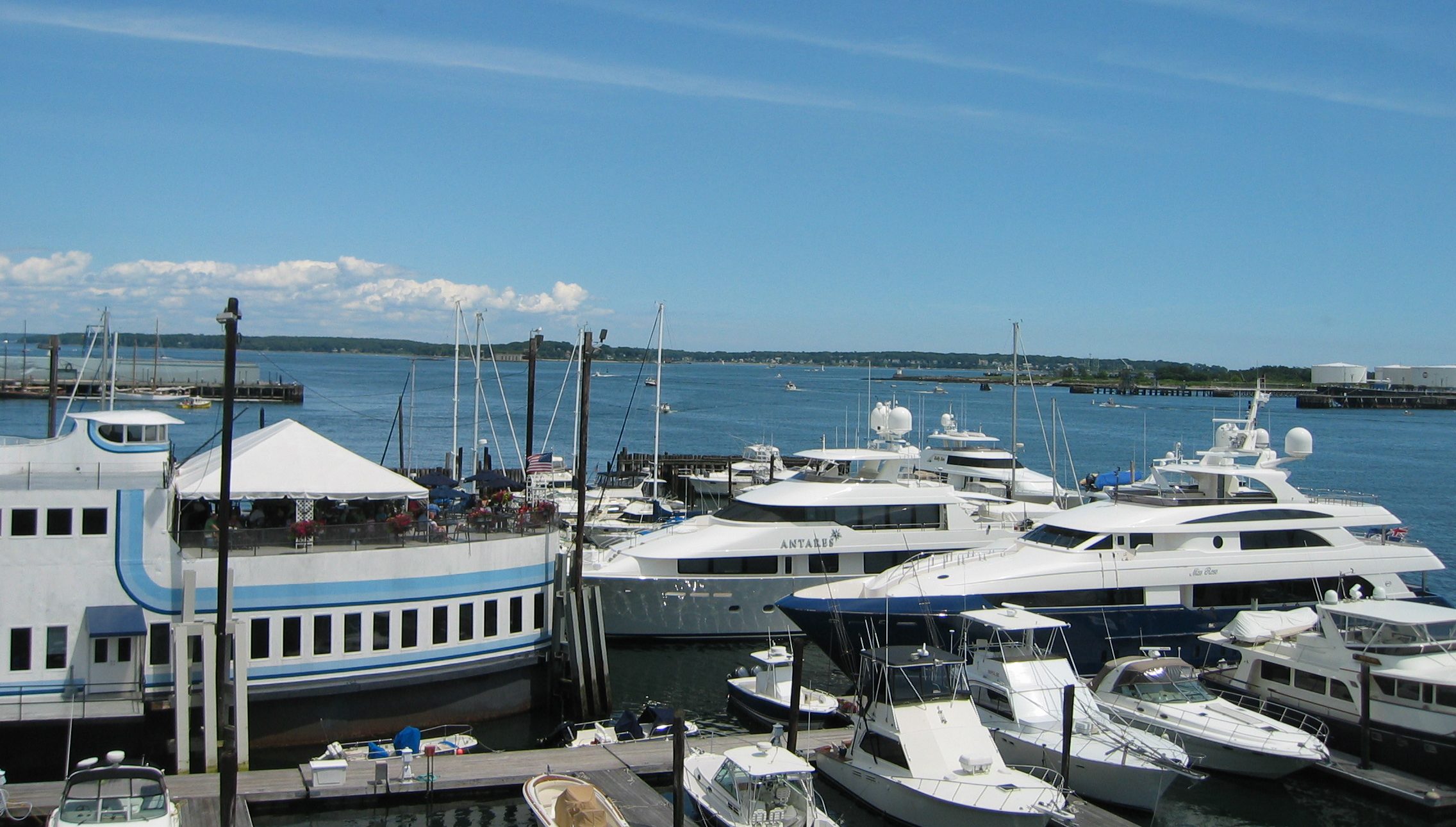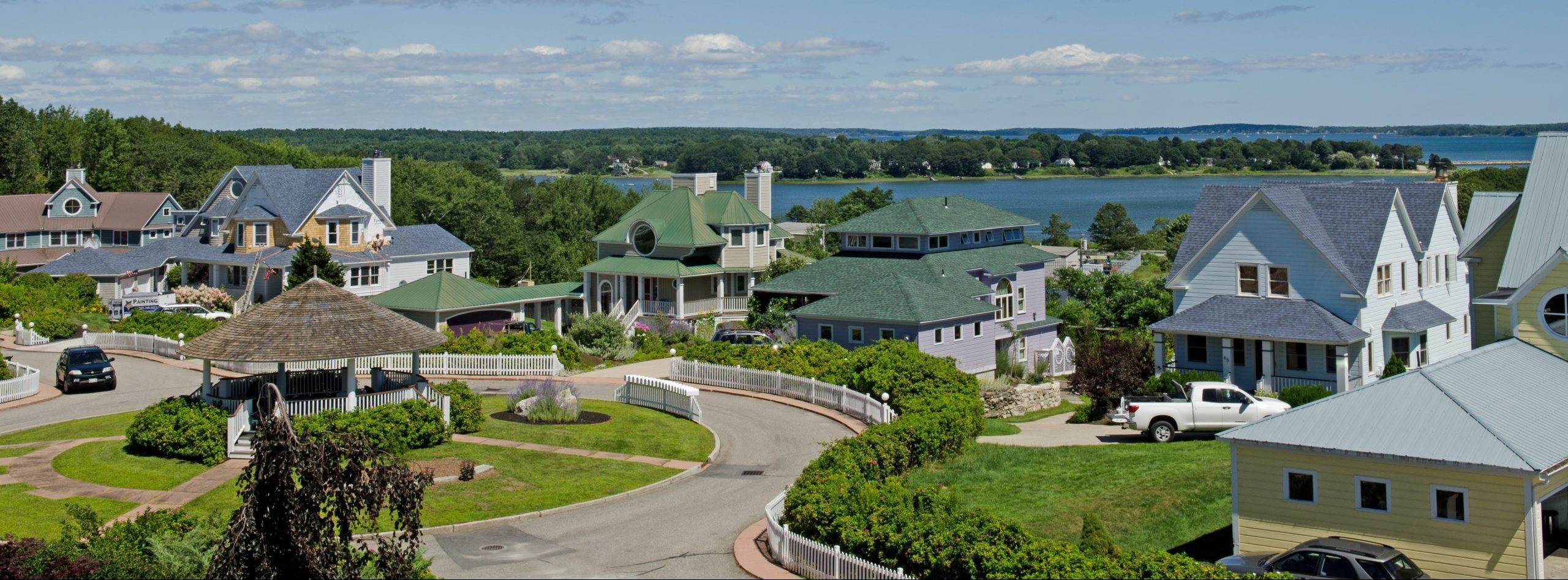Mooselookmeguntic Lake Real Estate
Upper & Lower Richardson & Ubgagog Lakes
Upper & Lower Richardson & Ubgagog Lakes
Mooselookmeguntic
Lakefront Real Estate
The name Mooselookmeguntic is belived to have originated from an ancient Abanaki word. It means portage to the moose feeding place, or moose feeding among the trees. This lake is 16,359 acres in size, the second largest in Maine, and is famous for its recreational opportunities and magnificent scenery. The lake’s extensive shoreline is dotted with camps and cottages, making it a popular destination for those seeking a lakeside getaway.
The Richardson Lake area consists of Upper and Lower Richardson Lake, which extends approximately 17 miles in length. The crystal clear water supports a wide variety of water birds including loons, ducks, geese, hawks, and eagles.
The world of reality has its limits; the world of imagination is boundless.
At Maine Home Connection, we channel our unwavering commitment and passion into delivering unparalleled real estate excellence. If you’re contemplating a property purchase in Maine, seize the opportunity to empower your decision with our latest Buyer’s Guide.
Imagine More!

